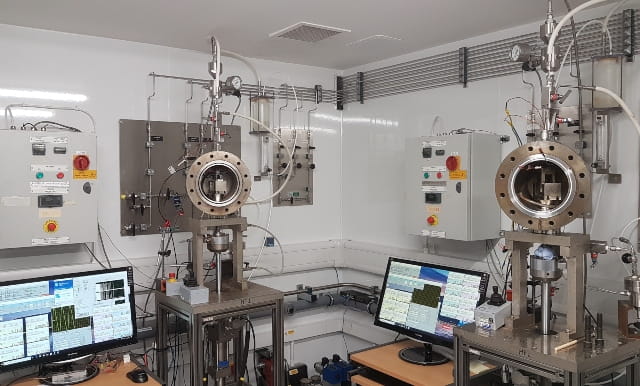Fracture Mechanics in the Environment (in-situ)

By Engaged Expert
Andy BarronAndy Barron is an internationally recognized specialist in fatigue and fracture mechanics for the global Oil & Gas sector.
By: Andy Barron MSc, CEng, MIMMM, Global Fatigue and Fracture Mechanics Specialist
Olivier Ravier, CEng, MIMMM, Technology Development Specialist
The detrimental effect of CP, CO₂, and H₂S or other environmental parameters on fracture toughness.
One of the many challenges currently facing the oil & gas industry is the exposure of pipelines to increasingly complex environmental conditions that degrade the fracture toughness properties of their materials. A lack of standardized test techniques and consequently limited specific materials-related data and knowledge available affects the reliability of Engineering Critical Assessments (ECA) and Fitness for Service (FFS) evaluations.
The qualitative “workmanship” approach to weld flaw acceptance has been increasingly replaced by well-established alternative criteria based on quantitative fracture mechanics procedures, such as those outlined in BS 79101 and API 11042. The accuracy of these procedures is reliant on key input data, which adequately characterizes physical properties of the pipe material and the welds used during pipe manufacture and pipeline construction.
There are many qualitative tests in use to evaluate the susceptibility of materials to cracking in sour environments. However, there is a growing need in the oil & gas industry to generate accurate quantitative data for use in Engineering Critical Assessments (ECA), used to derive weld flaw acceptance criteria during construction. This data is further used for ongoing FFS evaluations, and it has to be generated using project-specific material and environmental conditions.
Although often seen as an additional burden, the time, effort, and expenditure required to perform the necessary testing is essential, as it underpins any structural analysis. Without it, any analysis can be at best overly conservative, or at worst, unsafe.
There are, of course, standardized test methods for fracture toughness testing. However, it is increasingly apparent that the test methods to establish the behavior of metallic materials and welds used in extreme environments need to be adapted and standardized.
To learn more about the detrimental effect of environmental parameters on fracture toughness, download our article below.
Find related Resources
